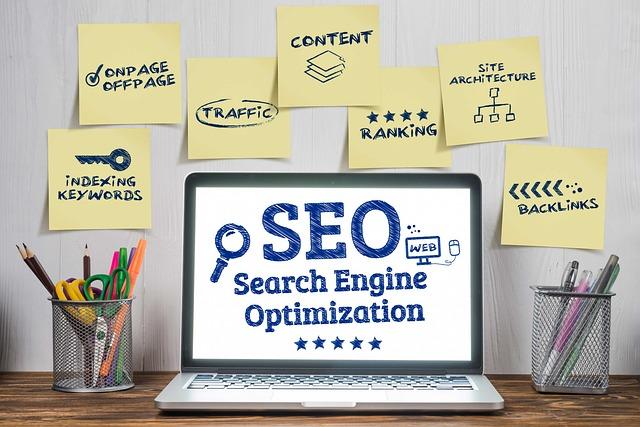How Much Time Does a Cloud Migration Need? Expert Insights

Cloud migration has become a cornerstone of digital transformation in 2025. Businesses are moving away from legacy infrastructure and into cloud environments to improve scalability, security, and agility. But one question consistently surfaces among IT leaders and executives: how long does a cloud migration take?
The answer isn’t simple, because migration timelines vary widely depending on organizational size, IT complexity, business objectives, and the chosen migration strategy. In this article, we’ll break down the key factors that influence migration timelines, provide realistic estimates, and share expert insights from Tkxel’s experience guiding businesses through seamless transitions.
Why Timeline Matters in Cloud Migration
Understanding the time required for cloud migration isn’t just about project management—it directly impacts:
- Business Continuity: Minimizing downtime ensures smooth operations.
- Cost Control: Longer timelines can escalate expenses.
- Change Management: Employees adapt better when migrations are structured and paced correctly.
- Strategic Alignment: Knowing the timeline helps align IT projects with overall business goals.
For CIOs and CTOs, setting realistic expectations for how long the process will take ensures smoother execution and stronger buy-in from stakeholders.
Key Factors Determining Cloud Migration Timelines
While no two migrations are identical, these factors play the most critical roles:
1. Scope of Migration
Are you moving a handful of applications, or your entire data center?
- Small workloads (a few apps, small datasets) → Weeks
- Mid-size workloads (dozens of apps, moderate datasets) → 3–6 months
- Enterprise-wide migrations → 6–18 months
2. Migration Strategy Chosen
The chosen strategy significantly affects time:
- Rehost (Lift & Shift): Fastest approach, weeks to a few months.
- Replatform: Adds optimization, requiring more time (2–6 months).
- Refactor/Re-architect: Deep redesign, often taking 6–18 months.
- Hybrid or Phased Migration: Can spread across a year or more.
3. Complexity of Current Infrastructure
- Legacy applications with dependencies take longer.
- Highly virtualized or containerized environments migrate faster.
4. Data Volume
- Small data sets: hours to days.
- Large-scale enterprise data: weeks or months, especially if compliance mandates validation.
5. Compliance & Security Requirements
Industries like finance and healthcare must follow strict regulations. Additional testing and audits extend timelines.
6. Team Expertise & Resources
- Skilled teams with cloud certifications move faster.
- Lack of internal expertise may require external support, which adds planning but ensures smoother execution.
7. Post-Migration Optimization
Migration doesn’t end once workloads are moved. Performance tuning, cost optimization, and monitoring can extend projects by weeks to months.
Realistic Timeline Estimates
Here’s a practical breakdown of how long does a cloud migration take, based on workload size:
|
Migration Type |
Typical Timeline |
Example |
|
Small Workloads |
2–6 weeks |
Migrating a few SaaS applications or lightweight VMs. |
|
Medium Workloads |
3–6 months |
Moving ERP systems, CRMs, or moderate-scale databases. |
|
Large Enterprises |
6–18 months |
Complete migration of data centers, legacy systems, and complex apps. |
The Migration Process: Step-by-Step Timeline
A migration typically follows these phases:
- Assessment & Discovery (2–6 weeks)
- Evaluate existing workloads, dependencies, and readiness.
- Define goals, compliance needs, and cost implications.
- Evaluate existing workloads, dependencies, and readiness.
- Planning & Strategy (4–8 weeks)
- Choose the right migration strategy (lift & shift, re-platform, re-architect).
- Build a roadmap with phased execution.
- Choose the right migration strategy (lift & shift, re-platform, re-architect).
- Proof of Concept (2–4 weeks)
- Test migration of a few workloads to validate approach and tools.
- Test migration of a few workloads to validate approach and tools.
- Execution (Varies by scope)
- Actual migration of workloads, data transfer, and integration testing.
- Actual migration of workloads, data transfer, and integration testing.
- Validation & Testing (2–6 weeks)
- Ensure workloads function as expected.
- Security and compliance validation.
- Ensure workloads function as expected.
- Optimization & Ongoing Support (Ongoing)
- Cost optimization, performance tuning, and governance.
- Cost optimization, performance tuning, and governance.
Common Delays in Cloud Migration
Even with strong planning, challenges may slow the process. The most common include:
- Underestimated Dependencies: Hidden links between applications cause setbacks.
- Data Transfer Bottlenecks: Large-scale migrations need careful bandwidth planning.
- Inadequate Testing: Skipping validation phases leads to rework.
- Resistance to Change: Employee adoption delays cloud readiness.
- Compliance Roadblocks: Regulatory audits may extend timelines.
How Tkxel Ensures Timely Cloud Migration
At Tkxel, we specialize in building migration roadmaps tailored to business goals and industry requirements. Our process ensures migrations happen on time and with minimal disruption:
- Cloud Readiness Assessments – Identify risks before execution.
- Certified Cloud Experts – AWS, Azure, GCP specialists on board.
- Phased Migration Models – Minimize downtime by moving workloads in stages.
- Automation Tools – Speed up migrations and reduce errors.
- Post-Migration Optimization – Ensure workloads run efficiently and securely.
With our experience across fintech, healthcare, retail, and enterprise IT, we’ve consistently delivered migrations within realistic timelines.
FAQs:
Q1. What is the fastest possible time for a cloud migration?
Small-scale migrations can be completed in as little as 2–4 weeks if workloads are simple and data volumes are low.
Q2. Why do enterprise migrations take over a year?
Large enterprises have complex infrastructures, compliance requirements, and multiple interdependent applications, all of which require phased execution.
Q3. Can migration be done with zero downtime?
Yes, with phased or hybrid migration strategies





